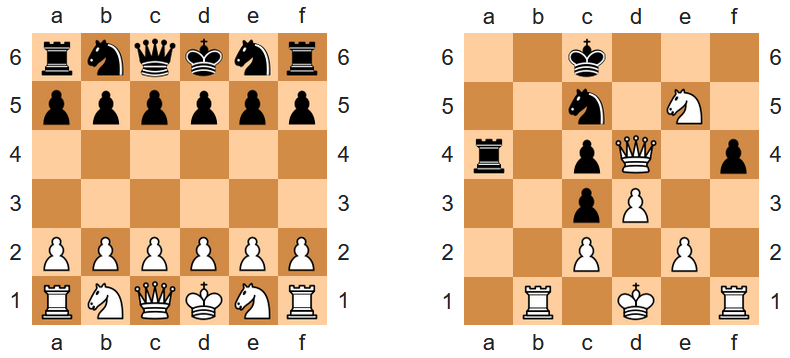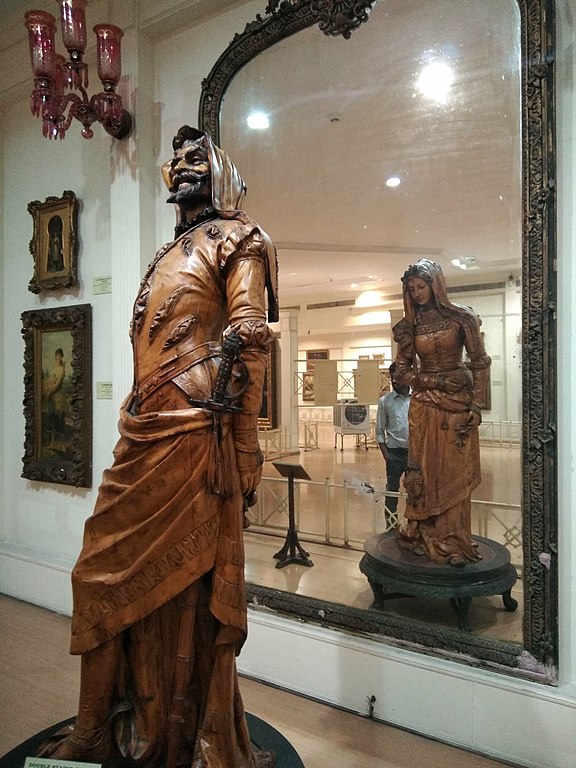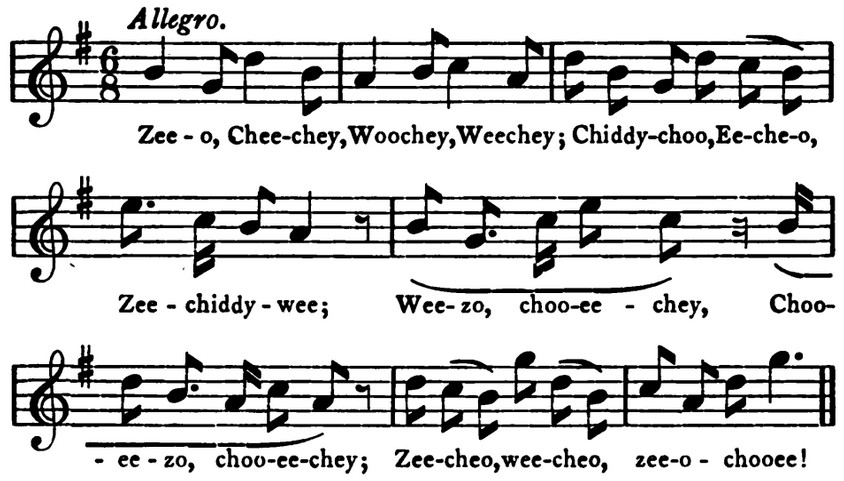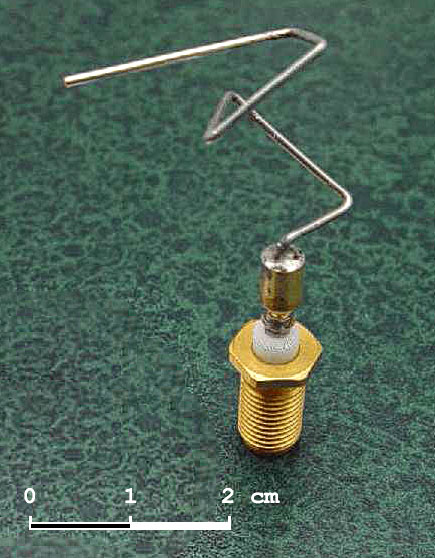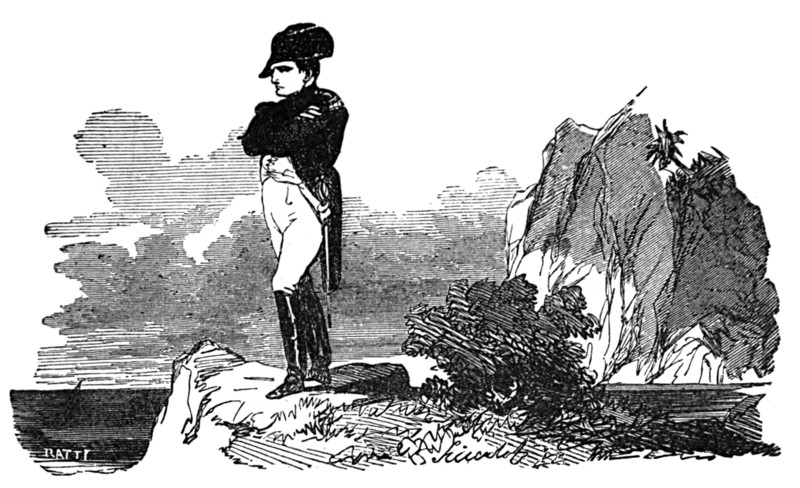
It sounds straightforward to imagine being another person, but is it? If I want to imagine being Napoleon, I need to conceive some relation between our two identities. If I only imagine some situation that was faced by Napoleon, then the result involves too little of my own identity — I’m not really involved at all. But if I imagine myself in Napoleon’s place, then the result involves too little of him. It doesn’t seem possible for two people to share an identity in this way.
Philosopher Bernard Williams writes, “Leibniz, perhaps, made something like this point when he said to one who expressed the wish that he were King of China, that all he wanted was that he should cease to exist and there should be a King in China.”
But, Williams says, it does seem possible to play a role, to pretend to be Napoleon. In that case my first-person thoughts are framed in another’s point of view, so the identity of “I” is less problematic. In this sense perhaps I can imagine being Napoleon — but not having been Napoleon.
(Bernard Williams, Problems of the Self, 1976.)

